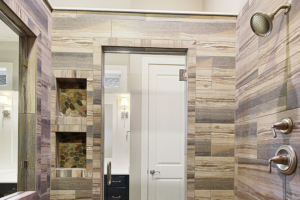 Mortgage rates have been at record lows for a while now, but with a new emergency rate cut from Federal Reserve rates are at historic lows. Now is the time to refinance or buy a home with the half percentage point cut by the Fed this week which puts the benchmark interest rate range at 1% to 1.25%.
Mortgage rates have been at record lows for a while now, but with a new emergency rate cut from Federal Reserve rates are at historic lows. Now is the time to refinance or buy a home with the half percentage point cut by the Fed this week which puts the benchmark interest rate range at 1% to 1.25%.
“It’s definitely a good time for someone looking to buy a home to get financing,” said Mark Hamrick, senior economic analyst for Bankrate.
Hamrick believes that rates will still go lower. According to Freddi Mac, last weeks are at an average 3.45% for a 30-year fixed-rate mortgage and 2.95% for a 15-year fixed-rate mortgage.
“If you’re trying to look for the silver lining in the midst of the current climate,” said Hamrick, “the mortgage interest rate is close to the top of the list.”
The spring market is looking up with the help of the rate cuts. Those that are on the cusp of purchasing a new home might move a step quicker with the favorable rates. The entire real estate sector, not just individual buyers will benefit.
“Hesitant home buyers will be enticed to take advantage of low-interest rates,” said Lawrence Yun, chief economist at the National Association of Realtors, in a statement.
As mentioned earlier, rates will drop even more but should home-buyers wait for lower rates? Those that are in the market to refinance or secure a new mortgage need to weigh the benefits. According to Mike Hennessy, a certified financial planner with Harbor Crest Wealth Advisors in Fort Lauderdale, “if you can meaningfully save on your interest costs, build equity quicker, or extract equity at a reasonable cost to fund a renovation project, then take the bird in hand today.”
Run the numbers to see if it would be beneficial to refinance. Comparing your current rate with the rate that is being offered on a mortgage refinance will help answer your question.
“If the new rate is 75 basis points (0.75%) lower than the current rate, that it’s generally going to be worth it to refinance after the costs of the refi,” said Cynthia Meyer, a certified financial planner with Real Life Planning in New Jersey.
“If you’re planning to stay in your home, run the numbers to see if it makes sense to refi from a 30- to a 15-year mortgage as well,” she said. “You may be able to pay around the same amount every month and get your house paid off a lot sooner, with lower total interest costs.”
Even with the historic low rates, always shop around. Lenders offer competitive rates and some will include closing cost.
“You shouldn’t assume you’re going to get a good deal from a big bank just because you have your checking and saving account with them,” Danielle Seurkamp, a certified financial planner with Well Spent Wealth Planning in Cincinnati, Ohio said. “Often the smaller, community banks offer the best deals.”
Click Here For the Source of the Information.

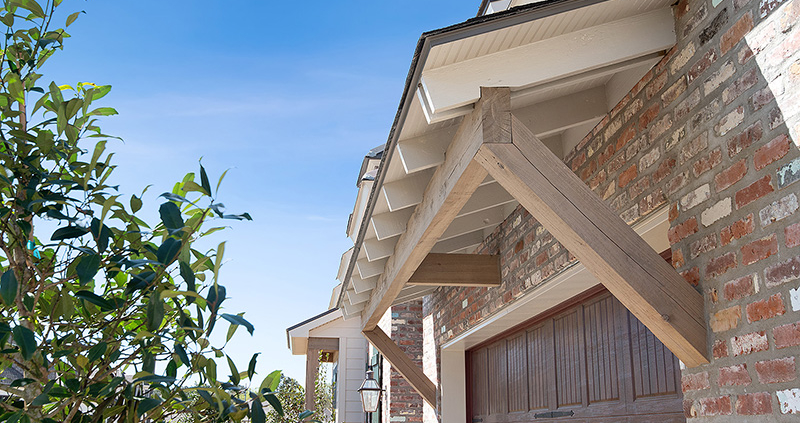
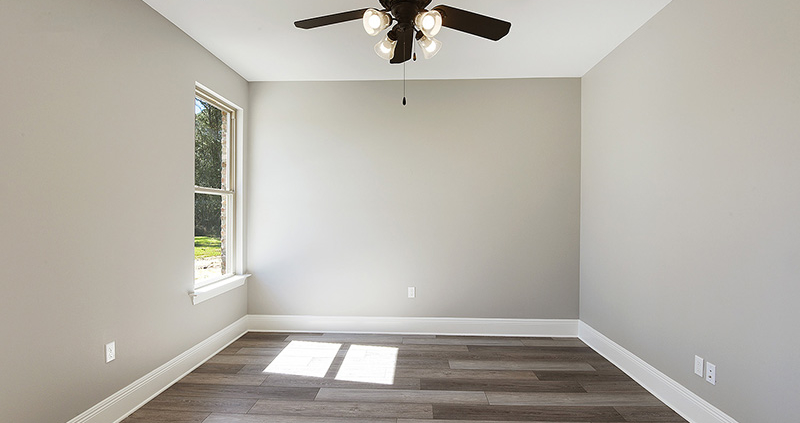
 Just like any other consumer product the more something is in demand the better the market for it. The housing industry is no exception to the rule. Everyone needs a place to live so this, in turn, affects every aspect of the housing market from real estate to lending to title. The data collected regarding if and when people are moving can interpret if the housing market is thriving.
Just like any other consumer product the more something is in demand the better the market for it. The housing industry is no exception to the rule. Everyone needs a place to live so this, in turn, affects every aspect of the housing market from real estate to lending to title. The data collected regarding if and when people are moving can interpret if the housing market is thriving. baseline to research. An interesting fact according to the census, is that the homeownership rate has held steadily for approximately 60 years. According to
baseline to research. An interesting fact according to the census, is that the homeownership rate has held steadily for approximately 60 years. According to 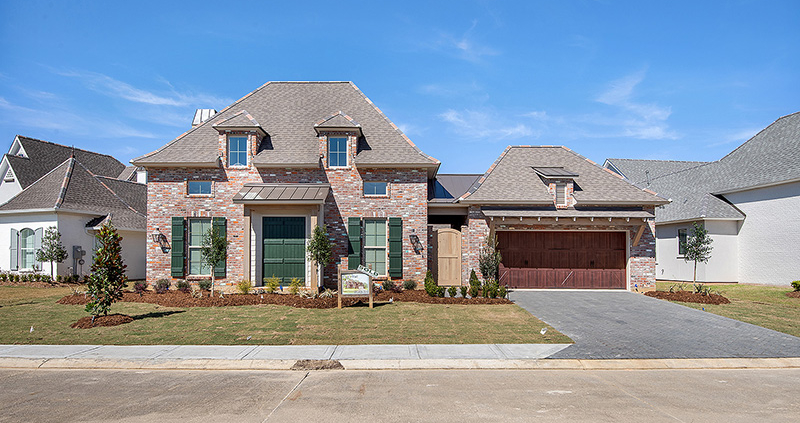
 Low Mortgage interest rates have supported a surge in custom home building in the fourth quarter of 2019. The
Low Mortgage interest rates have supported a surge in custom home building in the fourth quarter of 2019. The 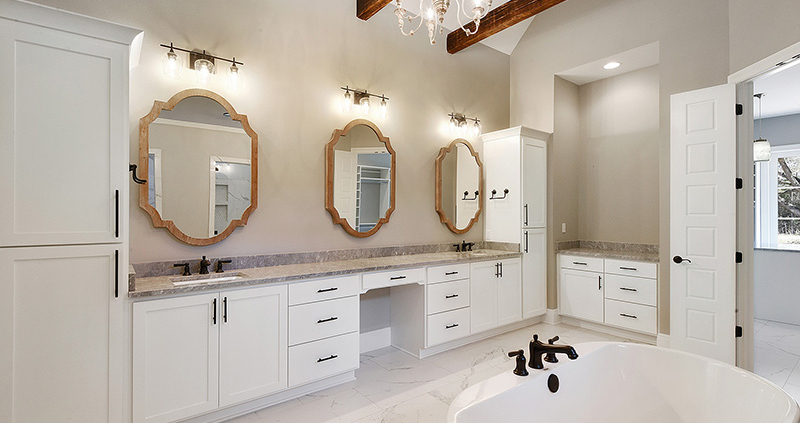
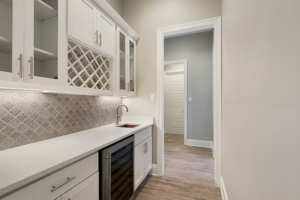 A new year has brought good news for the housing industry. The +first week reported that the average U.S. fixed rate for a 30-year fixed mortgage averaged at a low 3.72%. The findings were 80 basis points below data reported a week earlier.
A new year has brought good news for the housing industry. The +first week reported that the average U.S. fixed rate for a 30-year fixed mortgage averaged at a low 3.72%. The findings were 80 basis points below data reported a week earlier.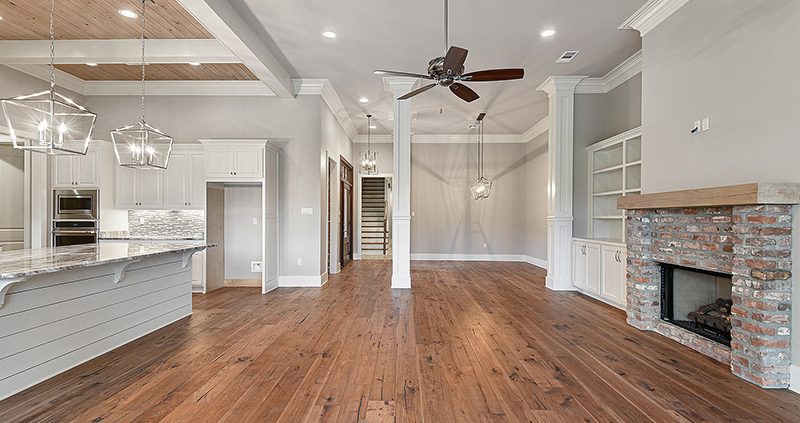
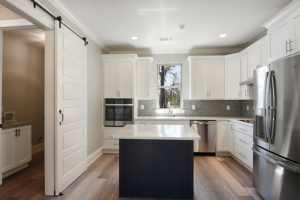 The Census Bureau reported the November 2019 U.S. spending rate for U.S. construction is 4.1% above 2018’s rate for last November. According to the report construction spending amounted to a seasonally adjusted annual rate of $1.324 trillion.
The Census Bureau reported the November 2019 U.S. spending rate for U.S. construction is 4.1% above 2018’s rate for last November. According to the report construction spending amounted to a seasonally adjusted annual rate of $1.324 trillion.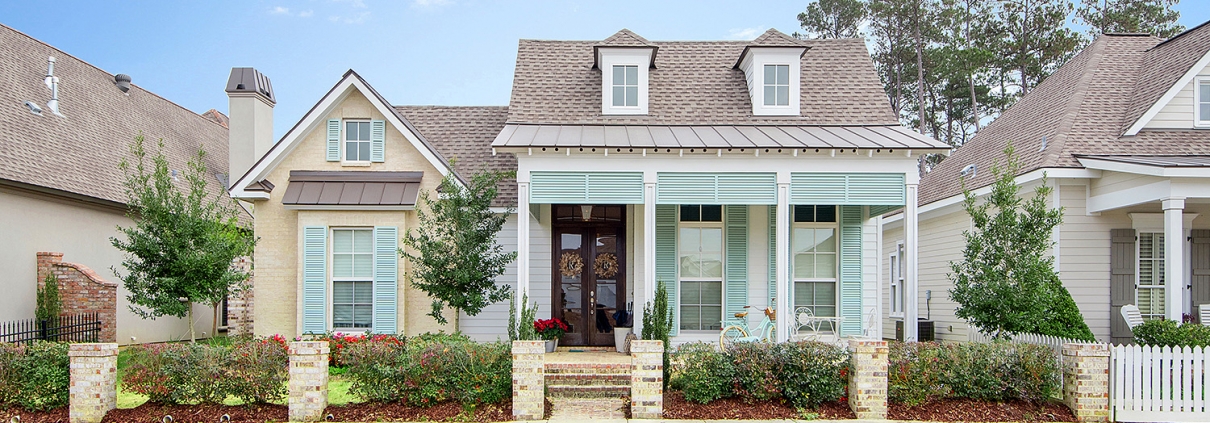
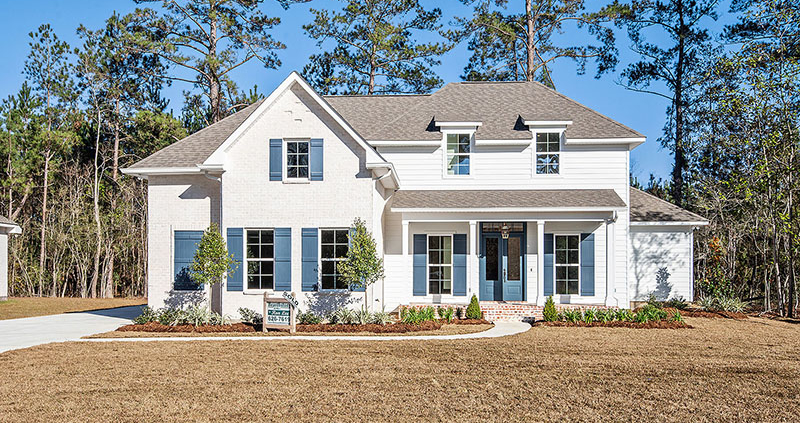
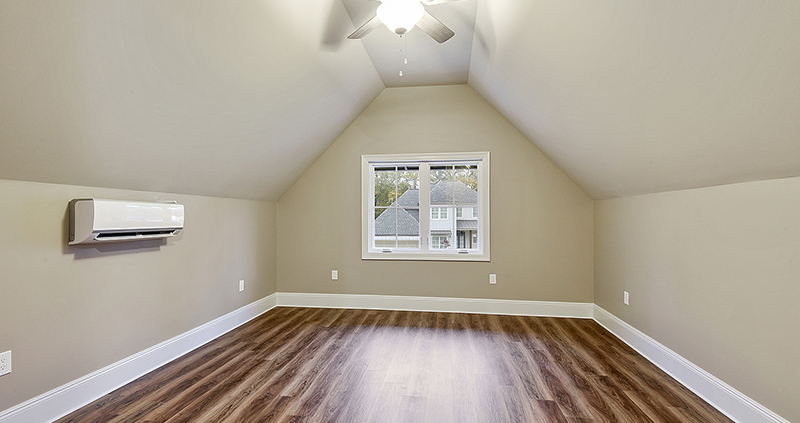
 months of 2019 than those reported in the first nine months of 2018. This first nine months this year brought in 527,000 sales beating the 491,000 sales reported for the same time frame in 2018.
months of 2019 than those reported in the first nine months of 2018. This first nine months this year brought in 527,000 sales beating the 491,000 sales reported for the same time frame in 2018.